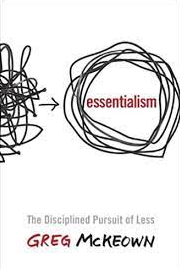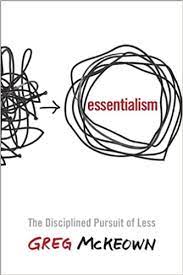Random Thoughts on Planning & Programming, Part 2

5. To Have Great Outputs You Need Great Inputs.
In order to write great programs, you need to be constantly seeking to improve your craft through various forms of study. It’s akin to being a great writer – you need to have been extremely well read.
For me I try to always have a textbook or two on the go, I have a few great coaches that I read everything they put out in long (blog) form, and I utilize social media. For years I have had an open document on my laptop where when I see a new exercise I jot it down. Soon those make their way into my toolbox for exercise selection.
6. Outline “Needs To Have” and “Nice to Have”
If the athlete could only train for 30 minutes per session what would it look like? If they only came in twice per week? Start there. Take care of the meat and potatoes and work outwards.
“It’s not the daily increase but the daily decrease. Hack away at the unessential.” – Bruce Lee

7. Every Training Session is “An Assessment”
The assessment process should never end. Every training session you need to be gathering information, learning about each athlete a little more, so that you can write them an even more effective program next time (and amend, and adjust their current one as needed “on the fly”)
In closing, here is (in no particular order) the coaches I follow who have impacted me the most:
- Eric Cressey
- Vernon Griffith
- Tony Gentilcore
- Dan Pfaff
- Dan John
- Ben Bruno
- Stuart McMillan
- Ben Brewster
- Lee Taft